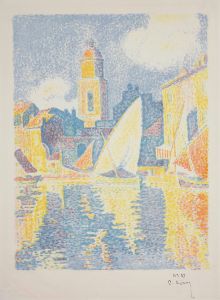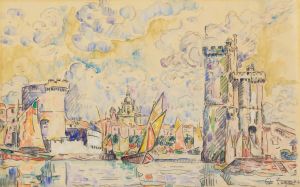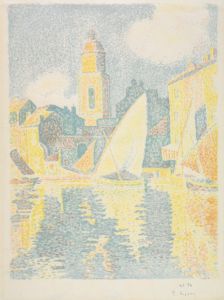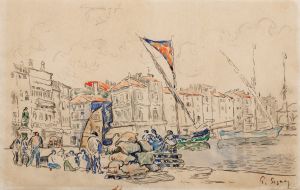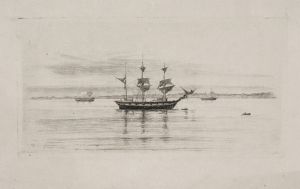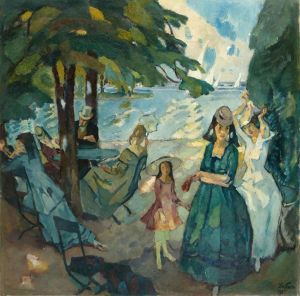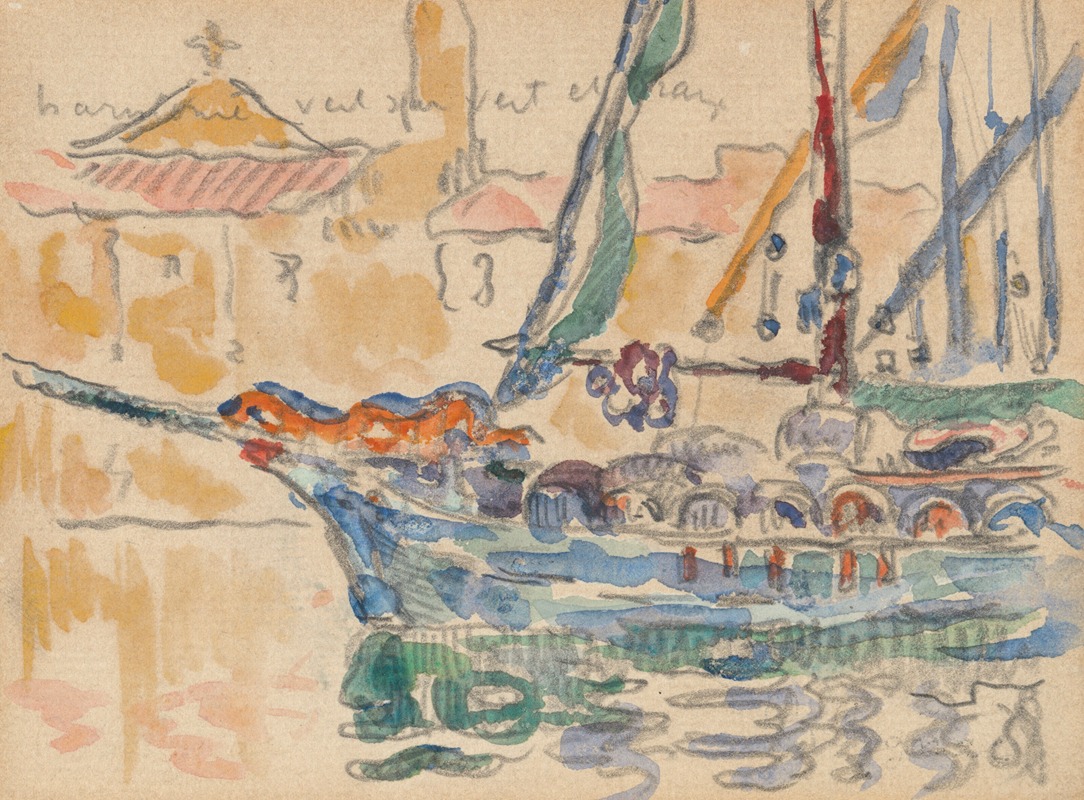
Saint-Tropez. Les tartanes
A hand-painted replica of Paul Signac’s masterpiece Saint-Tropez. Les tartanes, meticulously crafted by professional artists to capture the true essence of the original. Each piece is created with museum-quality canvas and rare mineral pigments, carefully painted by experienced artists with delicate brushstrokes and rich, layered colors to perfectly recreate the texture of the original artwork. Unlike machine-printed reproductions, this hand-painted version brings the painting to life, infused with the artist’s emotions and skill in every stroke. Whether for personal collection or home decoration, it instantly elevates the artistic atmosphere of any space.
Paul Signac's painting Saint-Tropez. Les Tartanes is a notable example of the artist's contribution to the Neo-Impressionist movement. Created in 1893, the work reflects Signac's dedication to the technique of pointillism, a method of painting developed by Georges Seurat that uses small, distinct dots of color to create an image. Signac, who was a close associate of Seurat, embraced and further developed this technique, applying it with his own vibrant and dynamic style.
The painting depicts the harbor of Saint-Tropez, a small fishing village on the French Riviera that became a significant source of inspiration for Signac after he moved there in 1892. The title, Les Tartanes, refers to the tartanes, a type of traditional Mediterranean fishing boat with distinctive triangular sails, which are prominently featured in the composition. These boats, along with the shimmering water and the bright, sunlit atmosphere, capture the essence of the coastal life in Saint-Tropez during the late 19th century.
Signac's use of color in Saint-Tropez. Les Tartanes is particularly striking. He employed a palette of pure, unmixed colors, which he applied in small, carefully placed strokes to create a luminous and harmonious effect. This approach not only reflects the influence of scientific theories of color and light but also demonstrates Signac's mastery of the Neo-Impressionist style. The painting's vibrant hues and rhythmic composition convey a sense of movement and vitality, evoking the lively spirit of the Mediterranean.
The work also holds historical significance as it represents a period when Saint-Tropez was transitioning from a quiet fishing village to a hub for artists and intellectuals. Signac's decision to settle in Saint-Tropez played a key role in this transformation, as his presence attracted other artists, including Henri Matisse and André Derain, who would later develop the Fauvist movement.
Today, Saint-Tropez. Les Tartanes is celebrated as a quintessential example of Signac's artistry and his ability to capture the beauty of the Mediterranean landscape. The painting is housed in the Musée d'Orsay in Paris, where it continues to be admired for its technical brilliance and its contribution to the history of modern art.






